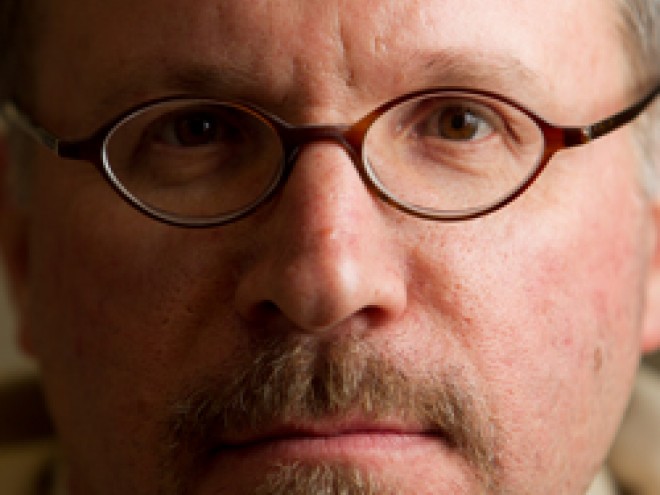Burned at the stake on December 8, 1596 in the largest auto-da-fe in “New Spain,” as Mexico was then known, Luis de Carvajal left a 180-page biographical manuscript written close to the end of his life, which recounts his rediscovery of his Jewish identity after having been raised a Catholic in Spain. Intended for his siblings, the manuscript recalls the presence of the Inquisition in Mexico that lasted until the early nineteenth century, along with personal ruminations, a transcription of the Ten Commandments and Maimonides’ Thirteen Principles of Faith, The Yigdal.
After quoting Soren Kierkegaard, “the tyrant dies and his rule is over, the martyr dies and his rule begins,” Ilan Stavans then cites The Martyr: Luis de Carvajal, a Secret Jew in Sixteenth Century Mexico, the 1978 book by Martin A.Cohen. According to Cohen, Carvajal’s legacy has contemporary significance in its tale of persecution and resistance, freedom and survival.
Divided into two sections, the tale of the disappearance and reappearance of the original manuscript around eighty plus years later in a Swann Gallery auction house, becomes a detective story that tests one’s credulity. Stavans, a professor of humanities and Latin American and Latino Culture at Amherst College in Massachusetts, tells it with all the clues to its disappearance linked to questionable scholars, corrupt academics and dead-end investigations.
Originally from Mexico, Stavans had authored a graphic novel El Illuminado in 2012, inspired by his interest in the crypto-Jewish awakening in the American Southwest. It led him to research in the national archives of Mexico from where the manuscript had disappeared and security is notoriously lax. He also discovered that there has been ongoing interest in Carvajal and his family by artists, filmmakers, writers and composers. Diego Rivera, the famous Mexican muralist has depicted Carvajal in several of his murals.
This gem of a book aims to replicate something of the preciousness of Carvajal’s manuscript, including a reproduction of the frontispiece and last page of the manuscript itself. Accompanied by fourteen etchings executed in 2019 that utilize an eighteenth-century technique, the illustrations depict historical events as well as some of the players in the contemporary tale, including Stavans in medieval costume holding a magnifying glass. Whether he has shed light on the ongoing saga, which has expanded to include an auction gallery and a wealthy collector, is up to the reader to surmise. Stavans has certainly written a page-turner.





